Golf is as much a mental game as it is a physical one. A significant part of this mental mastery lies in lining up your putts correctly. Whether you’re a seasoned pro or a weekend warrior, knowing how to line up your putts can make all the difference between sinking that crucial birdie or four-putting from three feet. In this guide, we’ll explore the essential strategies to successfully line up a putt, ensuring you putt with confidence and precision.
Understanding the Importance of Alignment
Before diving into the specifics of how to line up a putt, it’s essential to understand why alignment matters. Proper alignment ensures that:
- You start the ball on your intended line.
- You create a repeatable putting stroke.
- You increase your chances of reading the greens accurately.
To achieve consistency in your putting game, it’s crucial to develop a routine that helps you line up putts effectively.
Step-by-Step Guide to Lining Up a Putt
Here’s a detailed, step-by-step approach to help you line up your putt like a professional.
1. Assess the Green
Reading the green is paramount. Take a moment to walk around the hole and observe its slope and break potential. Use these tips:
- Look at the overall slope of the green.
- Identify any potential obstacles, such as bumps or undulations.
- Check the grass’s grain direction, which can affect the ball’s path.
“The only thing worse than mistaking the break is ____ not considering it at all!” – A. Golfer
 Golfer reading the green
Golfer reading the green
2. Visualize the Line
Before addressing the ball, take a moment to visualize the path you want your ball to take.
- Imagine a straight line from your ball to the hole.
- Visualize where you want the ball to start and where it will break.
3. Position Yourself
When addressing the ball, your body alignment is crucial. Follow these steps:
- Feet: Position your feet parallel to the target line.
- Shoulders: Ensure your shoulders are square to the target.
- Eyes: Your eyes should be directly over the ball. This positioning helps you see the line better.
| Body Part | Alignment Tips |
|---|---|
| Feet | Parallel to the target line |
| Shoulders | Square to the target |
| Eyes | Directly over the ball |
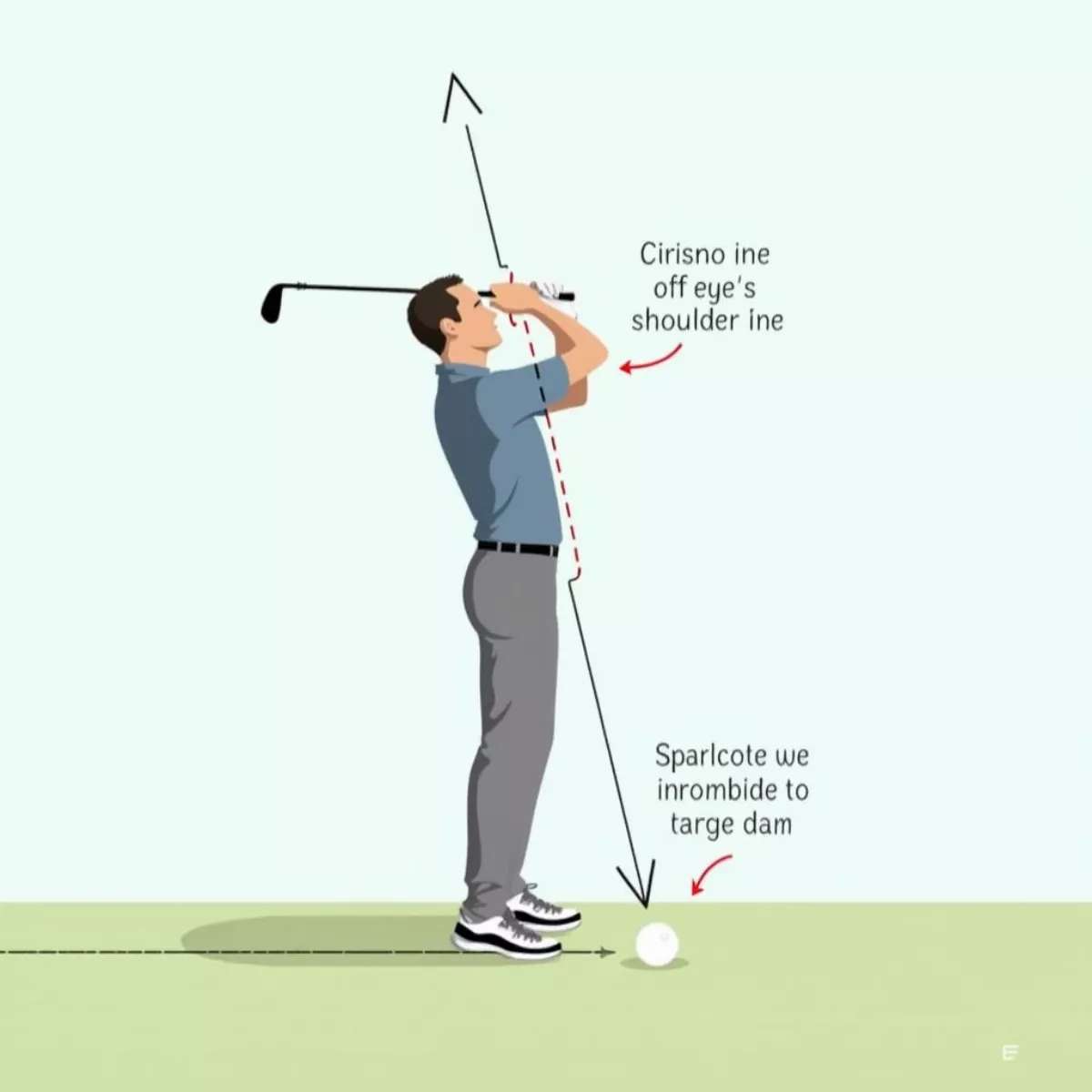 Golfer addressing the putt with correct alignment
Golfer addressing the putt with correct alignment
4. Calculate Distance and Speed
The distance and speed of the putt are critical. Always consider:
- The length of the putt: Longer putts will generally require a harder stroke.
- How fast the green is: Faster greens call for more delicate strokes.
Consider using a table like this for quick reference:
| Distance | Typical Stroke Length | Speed Consideration |
|---|---|---|
| 3-10 feet | Short, controlled | Moderate |
| 10-20 feet | Longer, but smooth | Quick, firm |
| 20+ feet | Longer, careful | Firm but watch speed |
5. Set Your Target
Pick a specific spot on the green for your ball to roll over as an intermediate target. This could be a blade of grass or a discoloration in the turf. Having an intermediate target can significantly improve your putting accuracy.
6. Execute Your Stroke
With everything set, it’s time to sink that putt:
- Focus: Keep your eyes on the ball during the stroke.
- Acceleration: Make sure to accelerate through the ball, but don’t rush.
- Follow-through: A good follow-through indicates that you’ve maintained your alignment throughout the stroke.
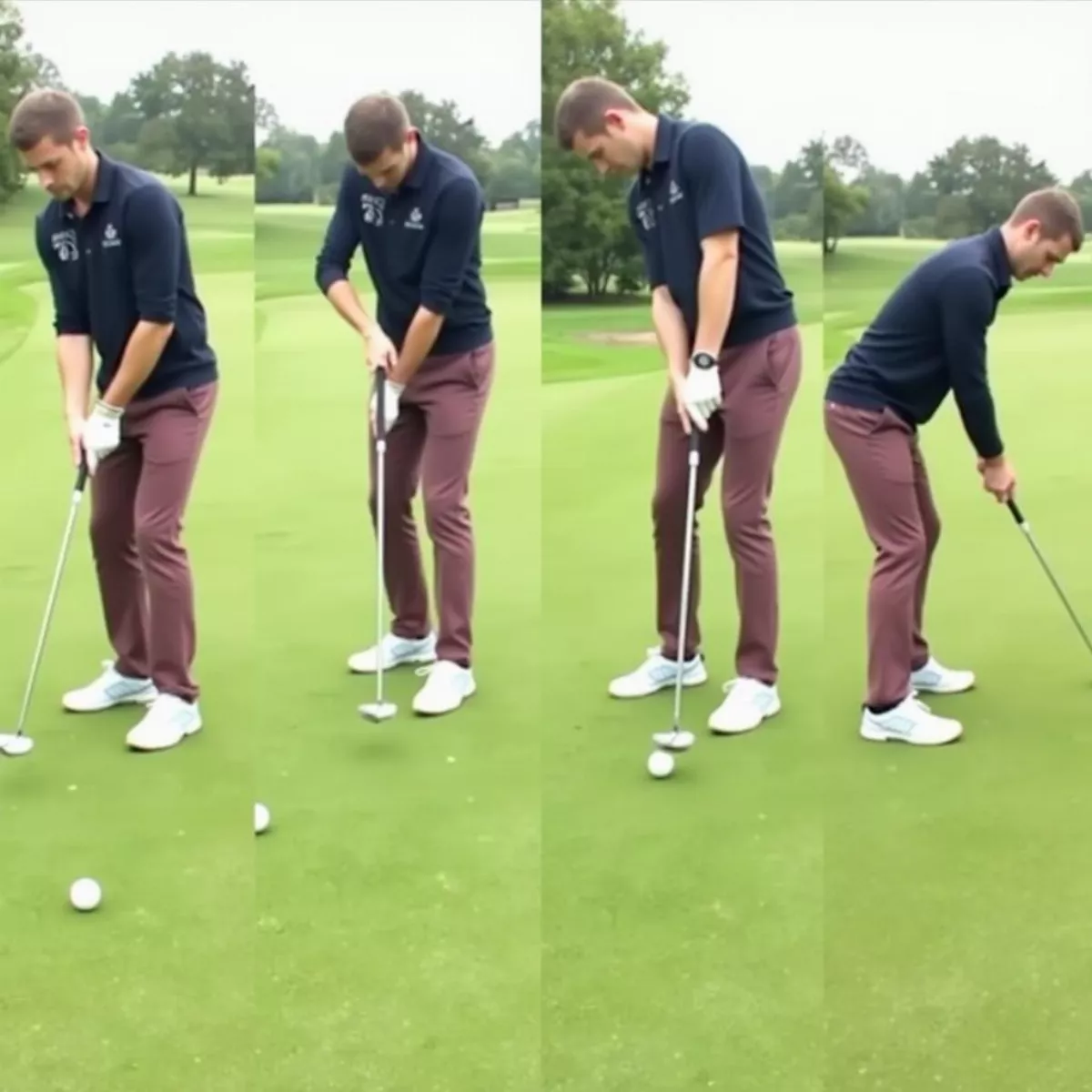 Golfer executing a putting stroke
Golfer executing a putting stroke
Tips to Improve Your Putt Lining Technique
Here are some additional tips to hone your putting skills further:
- Practice: Nothing beats practice. Spend ample time on the practice green.
- Use a Mirror: Training your body alignment with a mirror can help you visualize proper stance more effectively.
- Take Your Time: Don’t rush the process of lining up; it’s crucial to take time to read the putt.
- Consistent Routine: Develop a personal routine that you follow before every putt; this helps combat nerves.
Key Takeaways
- Assess the green by walking around and reading the slope and break.
- Visualize the line you want the ball to take to the hole.
- Maintain proper body alignment with feet, shoulders, and eyes set correctly.
- Consider the distance and speed of your putt, adjusting your stroke accordingly.
- Select an intermediate target to guide your putt.
- Focus on the ball and ensure a proper follow-through for your stroke.
FAQs on Lining Up a Putt
1. What is the best way to read a green?
Walk along the putt line, alternating from the hole to your ball. Look for undulations, slopes, and grain direction.
2. How can I practice lining up my putts?
Use simple drills on the practice green, working on alignment, distance control, and targeting.
3. Should I change my grip for putting?
While it’s not necessary, experimenting with grips like the reverse overlap or saw grip can help some players.
4. How does the grass type affect my putt?
Different grass types (Bermudagrass vs. bentgrass) can change how the ball rolls. Familiarize yourself with the greens on your course.
5. Why do I miss short putts often?
Short putts are often missed due to lack of concentration or acceleration in the stroke. Paying attention during your routine can help.
6. What role does a putter’s length play in alignment?
A properly fitted putter allows for better alignment. Ensure that the length suits your height and stance.
7. Is it essential to line up my putts every time?
While you may feel confident on shorter putts, establishing a routine for lining up can enhance consistency across all distances.
8. Should I practice on different surfaces?
Yes! Practicing on varied surfaces can help you adapt and adjust your technique based on different putting conditions.
Final Thoughts
Mastering the art of lining up a putt is essential for becoming a more skilled and confident golfer. By following the step-by-step guide and implementing the tips provided, you’ll enhance your strategy, reduce stroke count, and get closer to achieving that elusive hole-in-one. Happy putting!
For further reading, consider these articles on how to improve your short game, and "common putting mistakes" to further enhance your skills.

 Spacious dining area at Southern Ridge Golf Club
Spacious dining area at Southern Ridge Golf Club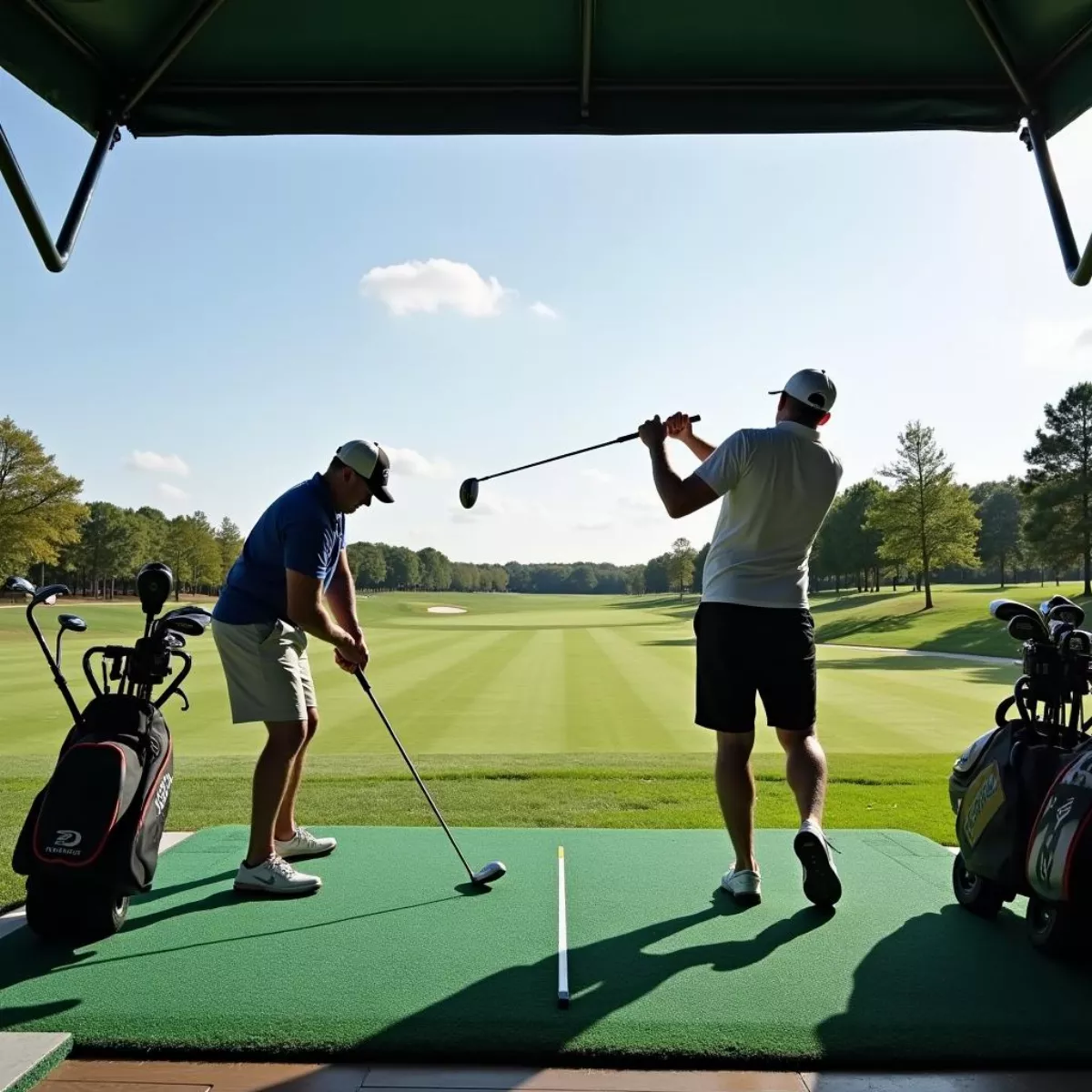 Golfers practicing at the driving range in Southern Ridge
Golfers practicing at the driving range in Southern Ridge
 Athlete Performing Rotational Medicine Ball Throw
Athlete Performing Rotational Medicine Ball Throw Athlete Visualizing Swing Before Game
Athlete Visualizing Swing Before Game Athletes Celebrating Victory
Athletes Celebrating Victory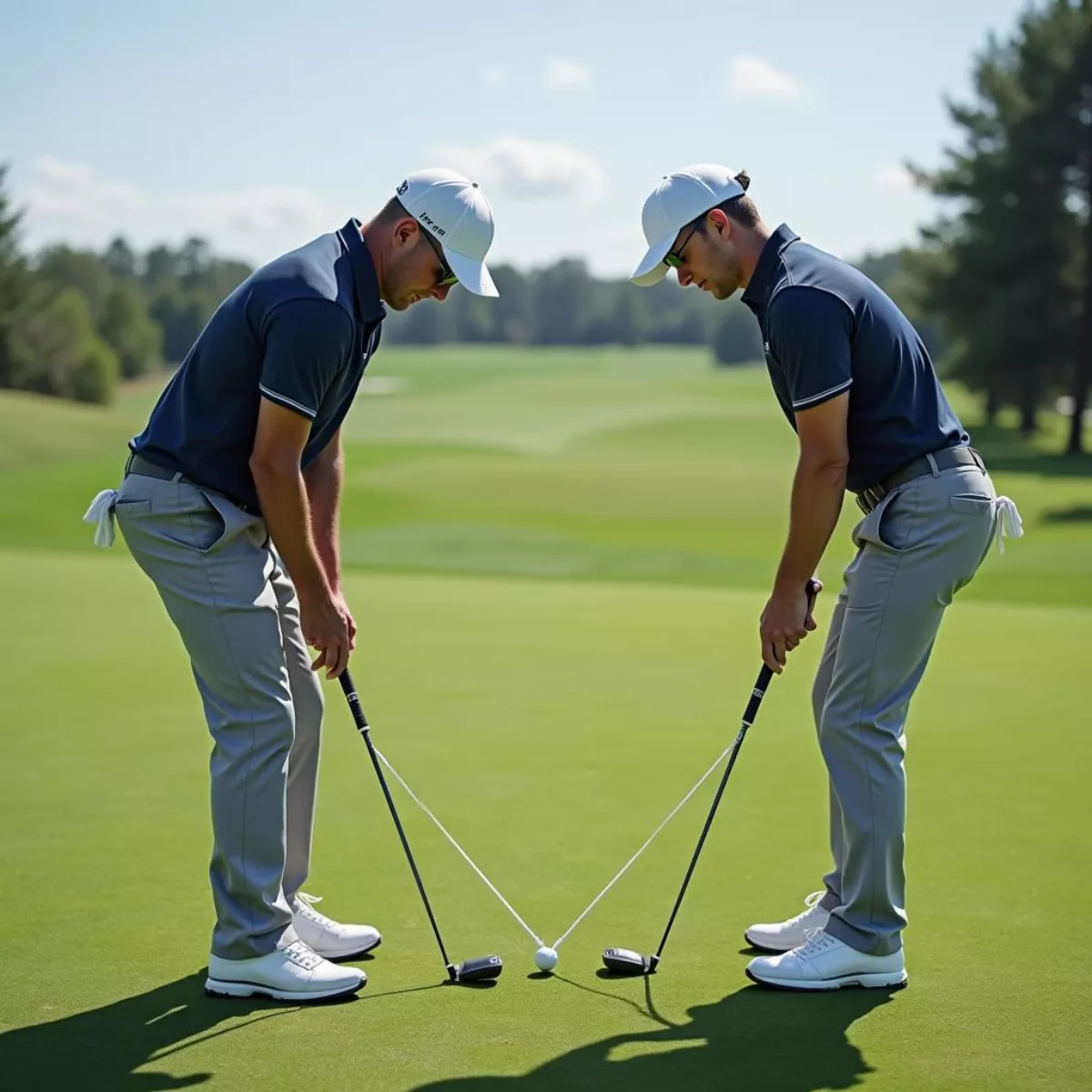
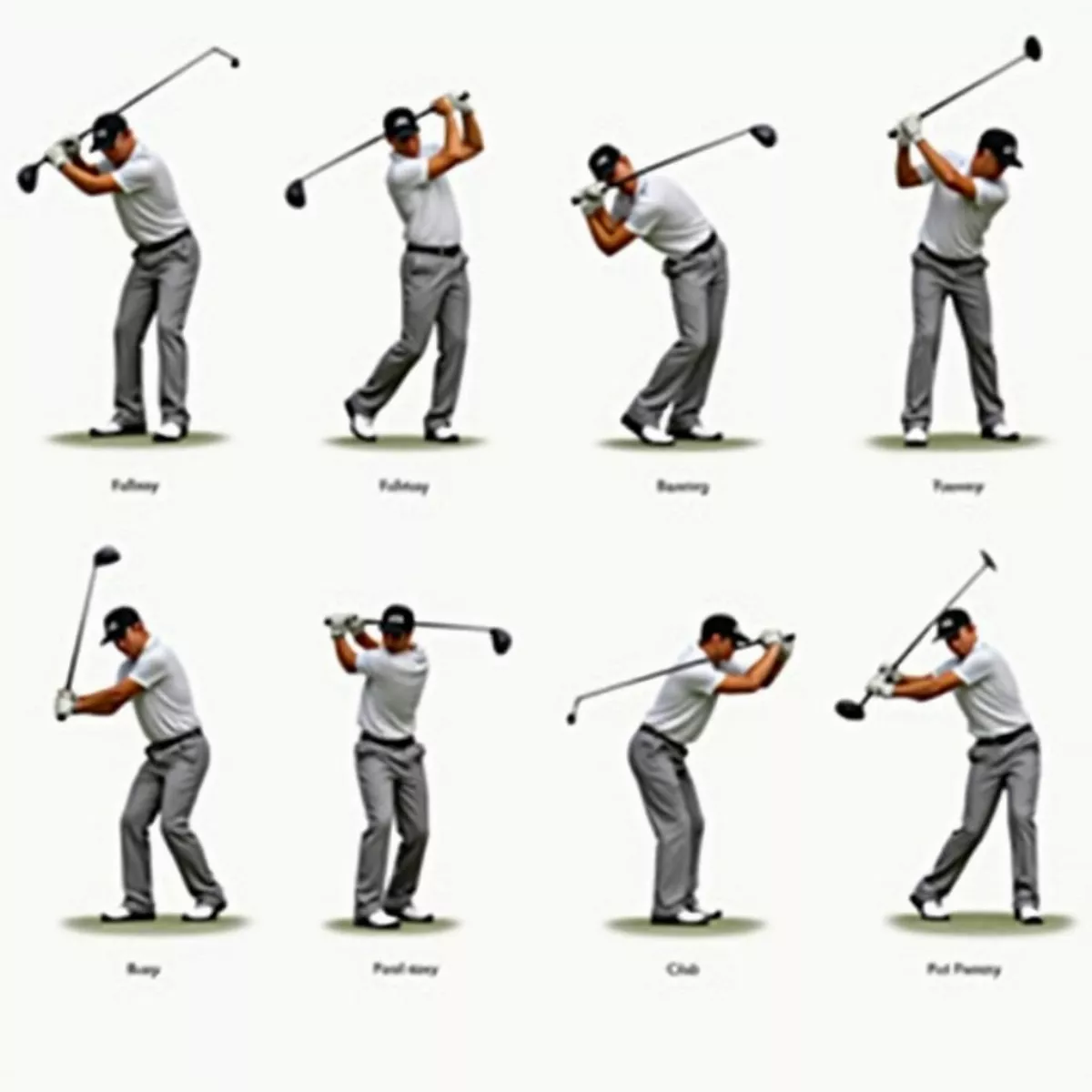 Golf swing sequence
Golf swing sequence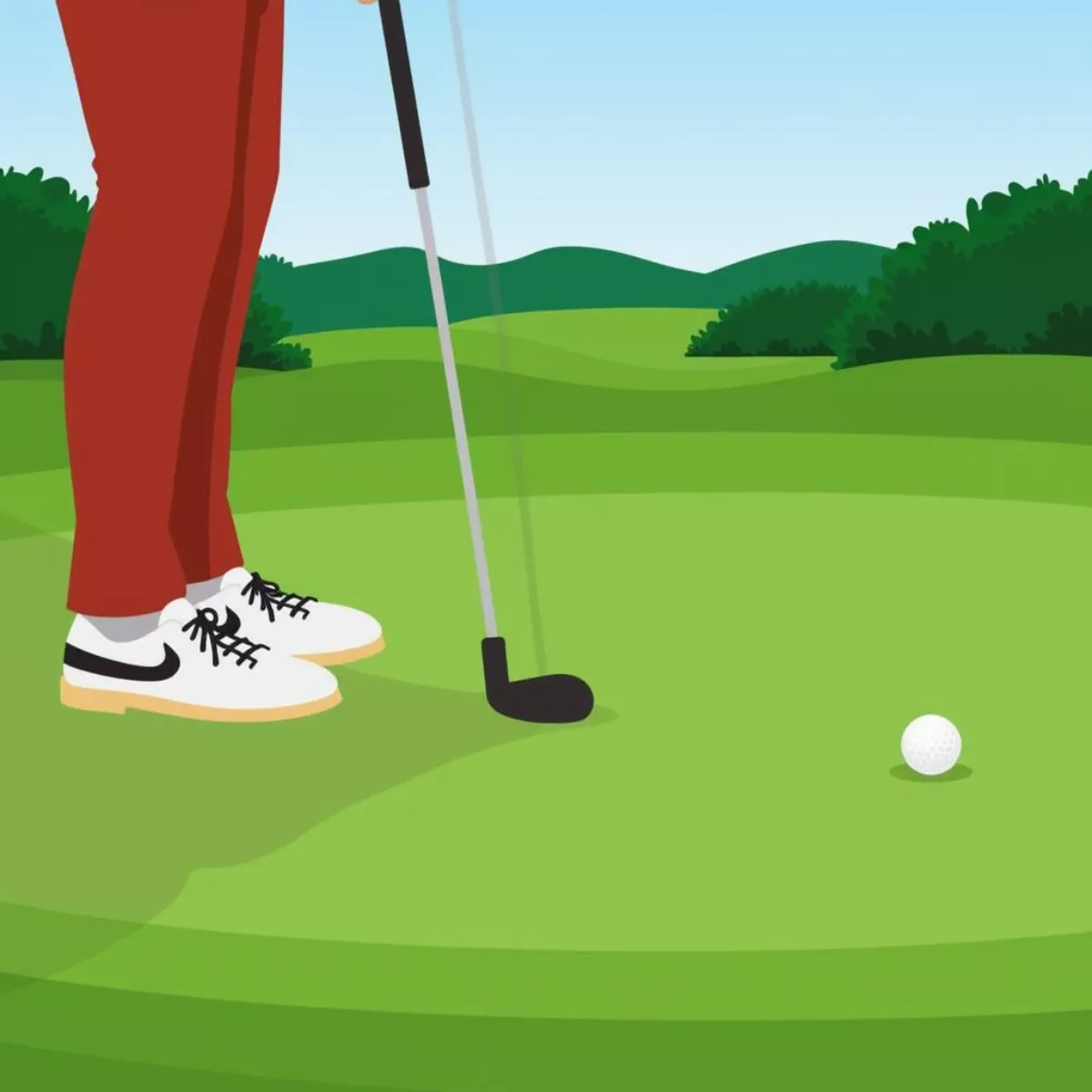 Golfer putting on green
Golfer putting on green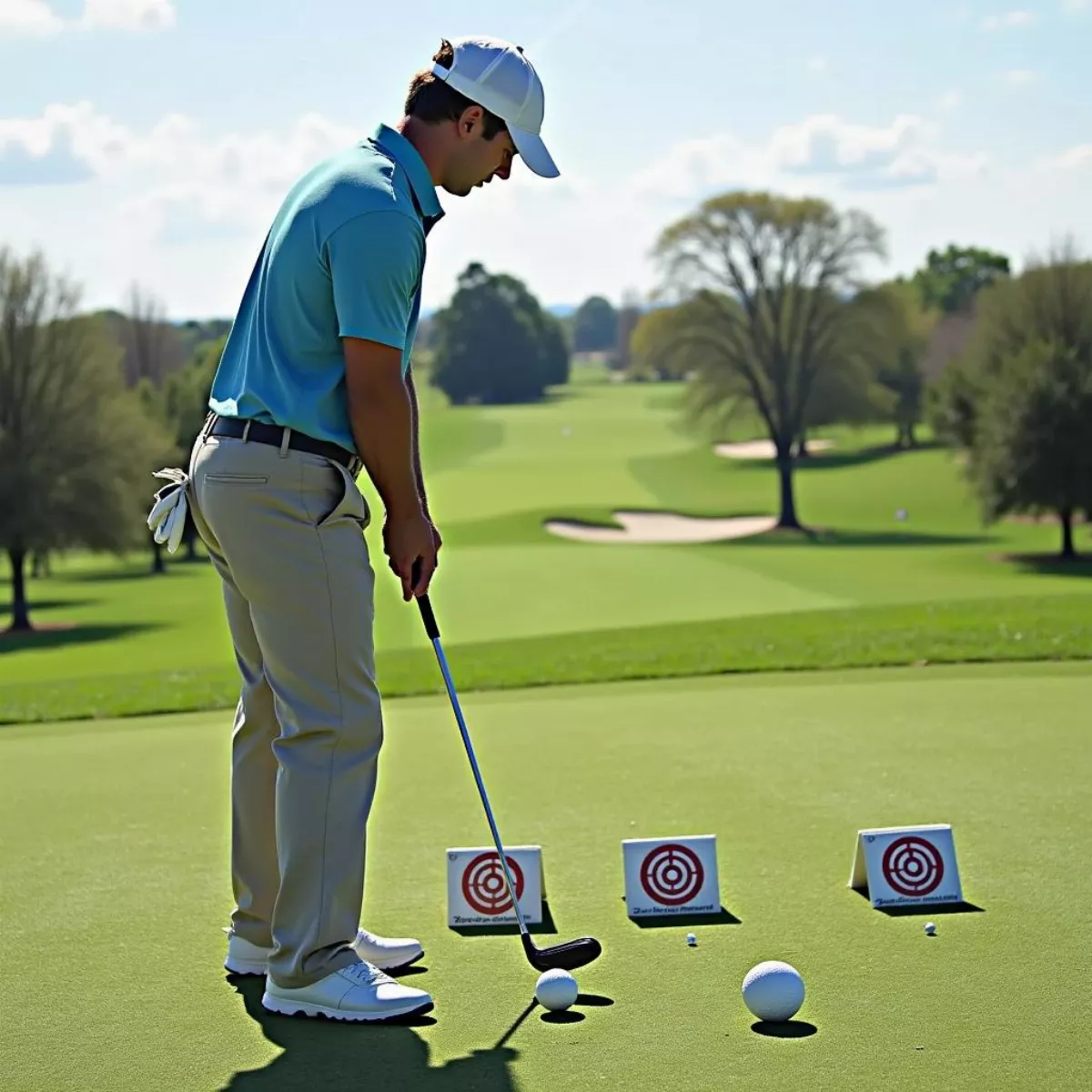 Golf chipping drill
Golf chipping drill
 Golfer Hitting PXG Gen 3 Iron
Golfer Hitting PXG Gen 3 Iron PXG Gen 3 Iron Close Up
PXG Gen 3 Iron Close Up